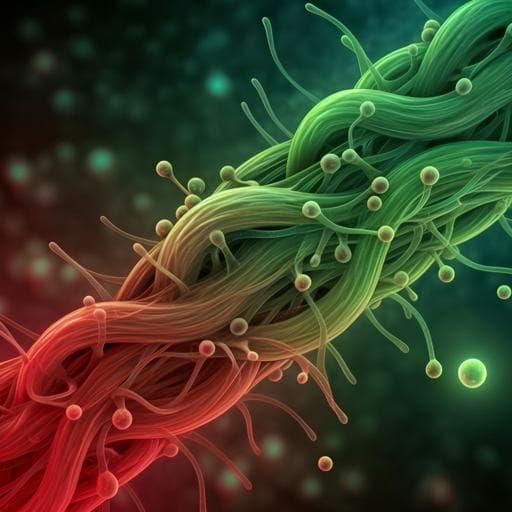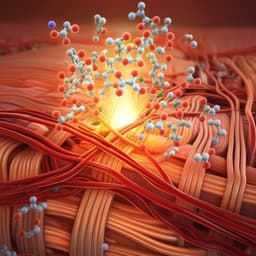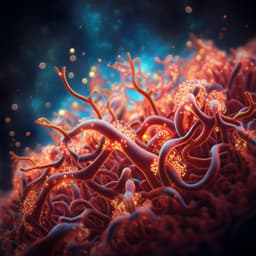
Medicine and Health
Celastrol suppresses neovascularization in rat aortic vascular endothelial cells stimulated by inflammatory tenocytes via modulating the NLRP3 pathway
Y. Yang, H. Wang, et al.
Discover how inflamatory processes in tenocyte injury impact angiogenesis during tendon-bone healing. This research, conducted by Yong Yang and colleagues, reveals that Celastrol can suppress excessive angiogenesis, leading to improved tendon healing outcomes.
~3 min • Beginner • English
Related Publications
Explore these studies to deepen your understanding of the subject.







